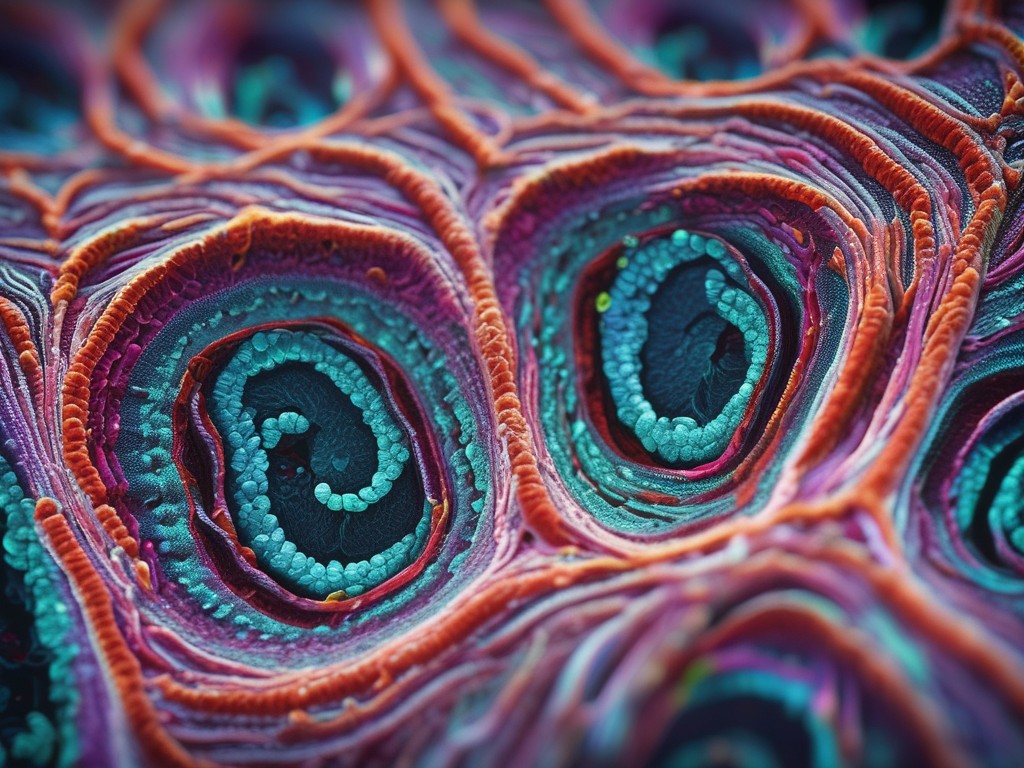Rui Chen from Baylor College of Medicine presented at London Calling 2024 a session titled “Single-cell characterization of transcript isoforms with long-read RNA sequencing.” Their lab is interested in the retina since it is “the main target of irreversible blinding diseases.” In mice, there are over one hundred cell subtypes in the retina, noted Chen. The goal of the project was to identify mRNA isoforms and catalog the retina at the single-cell level. With this information, Chen and the research team wanted to characterize differentially expressed isoforms in cell subtypes in the retina. Samples were split for Illumina and PromethION sequencing. With long-read sequencing, the data was basecalled and used for variant calling. For ONT long-reads, they used cell barcode assignments. Chen shared a comparison between long- and short-read expression patterns. Illumina was more sensitive, though similar expression patterns were obtained. Cell types were classified similarly with long- and short-read sequencing. Thirty percent of isoforms identified were novel! Chen noted that multiple isoforms are observed in the retina for 70% of the genes. Yet, they found that cell class-specific isoforms are rare. The usage of isoforms across cell types seems to be different. Chen summarized by stating that 2,008 cell-class specific isoforms were found, and over 1,000 fusion transcripts were observed! I am at the beach and enjoying the rest and intriguing results!



